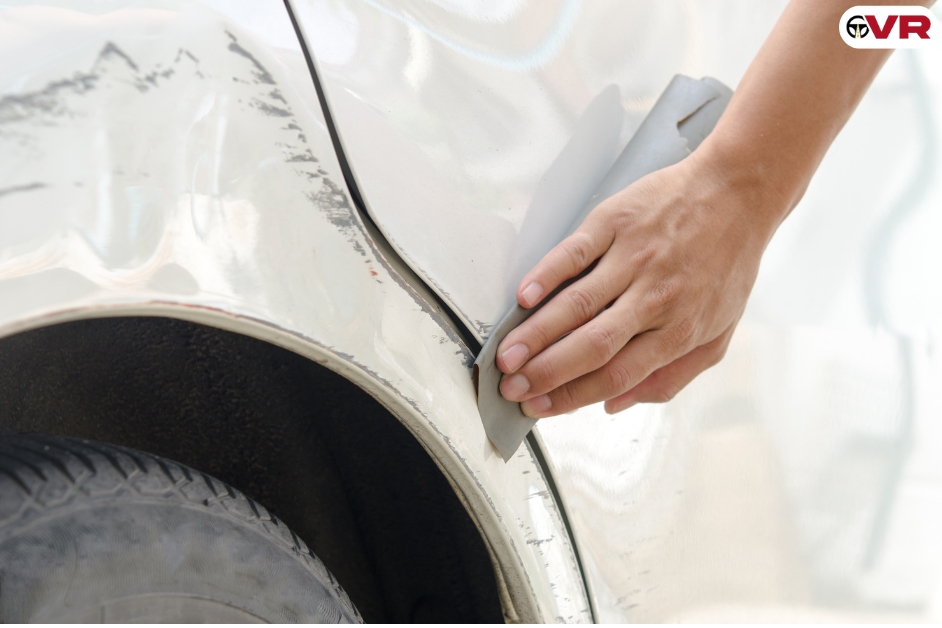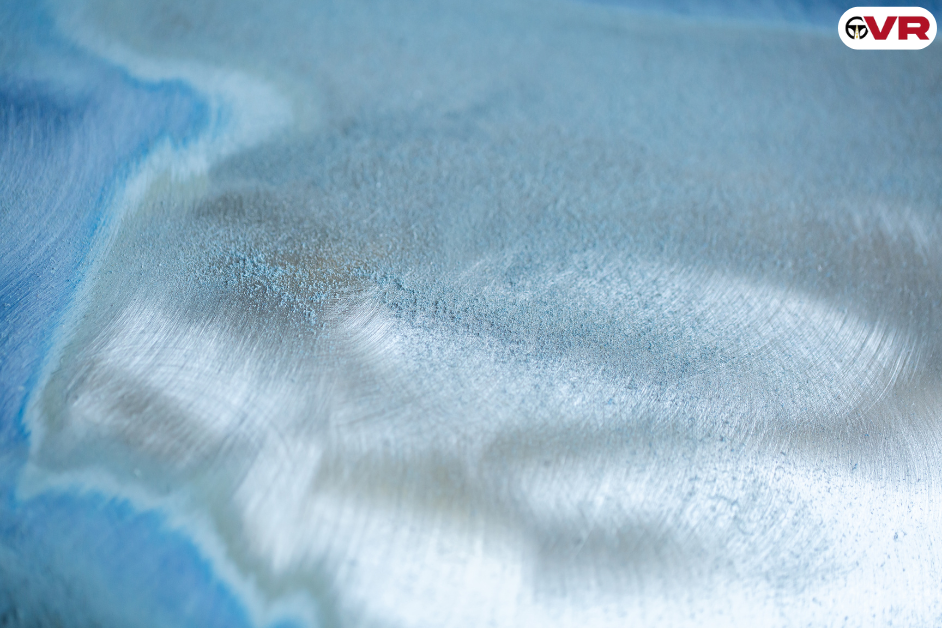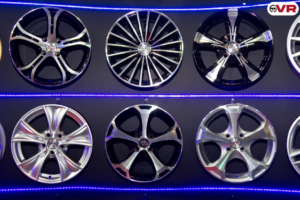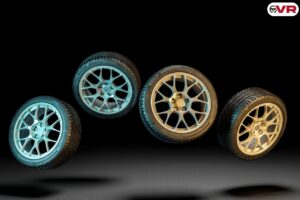Car scratches are an inevitable part of car ownership, and it is often caused by various factors such as road debris, parking lot incidents, or accidental brushes with objects. Understanding the different types of car scratches with their characteristics is essential for effective maintenance and repair of the car scratch. In this guide, we will explore several common types of car scratches, providing detailed descriptions along with their respective advantages, disadvantages, working principles, and repair methods and from minor surface imperfections to deep, penetrating scratches, each type presents its own unique challenges and considerations.
What is a Car Scratch?
Car scratches are those unattractive scars that detract from the glossy paint job of your car and can occur from a variety of sources and range in severity from shallow gashes to large swirls. Something as simple as sweeping a shopping cart in a parking lot, throwing stones from the road, or even giving your car a thorough wash with a filthy mitt might create an impression. In addition to degrading the appearance of your car, significant scratches can let rust seep in if ignored. The good news is that the ease of repair depends on how severe the scratch is. While bigger scratches may need touch-up paint or professional assistance, lighter scratches may be polished away.
Car Scratches names list
- Clear coat scratch
- Paint scratch
- Primer scratch
All Different Types of Car Scratches
Car scratches are imperfections on the car surface that can range from superficial marks to deep gouges. All different types of car scratches are given below.
| Type of Scratch | Description | Reaches | Repair |
| Clear Coat Scratch | Minor blemishes or faint swirls. | Only the clear coat (outermost layer). | Can often be buffed out with polish. |
| Paint Scratch | More visible scratches with colour change. | Paint layer (coloured layer). | Requires touch-up paint or professional repair. |
| Primer Scratch | Deep scratches exposing a different colour layer. | Primer layer (layer below paint). | Requires professional repair to prevent rust. |
Car Scratches: Understanding the Types, Repairs, and Trade-offs
Car scratches can be a constant source of frustration, but understanding the different types and repair options empowers you to make informed decisions. Here’s a breakdown of common scratches, and their pros and cons when it comes to repair:
1. Clear Coat Scratches:
Clear coat scratches are superficial blemishes that affect only the outer layer of a car’s paint and are typically shallow and can often be easily buffed out with polishing compounds. While they may still be visible after repair, they are generally less expensive and time-consuming to fix compared to deeper scratches.

-
Advantages:
- Easiest and cheapest to fix yourself.
- Polishing compounds are readily available and relatively inexpensive.
- Fixing clear coat scratches restores the car’s shine and appearance.
-
Disadvantages:
- Requires time and effort for proper polishing technique.
- May not remove all scratches, especially deeper ones.
- Improper polishing can damage the clear coat further.
2. Paint Scratches:
Paint scratches penetrate through the clear coat and primer layers, exposing the bare metal or plastic beneath and they require careful repair to prevent rusting and restore the car’s appearance. Repair techniques include cleaning the scratch, applying touch-up paint or repainting, and finishing with a clear coat for protection.

Repair Options:
-
Touch-up Paint:
-
Advantages:
- More affordable than professional repair.
- Allows for DIY fixes for minor scratches.
- Readily available at auto parts stores.
-
Disadvantages:
- Achieving a perfect colour match can be difficult.
- Requires careful application to avoid unevenness.
- May not be suitable for large or deep scratches.
-
-
Professional Repair:
Professional repair involves the expertise of trained technicians to address various car scratches effectively. Techniques include assessing the damage, sanding, filling, and repainting as needed and specialised tools and materials are utilised to ensure seamless results, restoring the car’s appearance and protecting it from further deterioration.
-
Advantages:
- Ensures a flawless finish with proper colour matching.
- Provides a more durable and long-lasting repair.
- Recommended for deep or complex scratches.
-
Disadvantages:
- More expensive than DIY options.
- Requires taking your car to a body shop.
May take longer to complete the repair.
3. Primer Scratches:
Primer scratches extend beyond the clear coat, affecting the primer layer of a car’s paint and require meticulous repair to prevent rusting and maintain the integrity of the paint job. Repair involves sanding the affected area, applying primer for adhesion, and repainting to match the original colour and finish.

Repair: Professional repair is the only viable option for primer scratches.
-
Advantages:
- Prevents rust formation by properly sealing the exposed metal.
- Ensures a structurally sound and long-lasting repair.
- Protect your car’s value by addressing significant damage.
-
Disadvantages:
- Most expensive repair option for scratches.
- Requires professional expertise and equipment.
- May involve longer repair times depending on the severity.
Demystifying the Drive: How Different Car Scratches Can be Cleaned
Clear Coat Scratches:
1. Wash the Area:
Thoroughly wash and dry the scratched area to remove any dirt or debris that could worsen the scratching during cleaning and using a car wash soap specifically designed for car paint and a soft microfiber washes to avoid further scratches.
2. Claying (Optional):
If the scratch feels rough to the touch, then claying can be helpful to remove embedded contaminants that might contribute to the scratch’s appearance. Using a clay bar lubricant and following the manufacturer’s instructions are safe for the claying process.
3. Polishing:
Applying a scratch removal compound or polish designed for a car clear coat and using a microfiber applicator pad and following a circular polishing motion with moderate pressure. Buff the area to a high shine and remove any polish residue with a clean microfiber cloth.
Important:
Not all clear coat scratches will disappear entirely with polishing and for deeper scratches, you need to consider touch-up paint or professional repair.
Paint Scratches (Minor):
Paint scratches penetrate through the clear coat and primer layers, exposing the bare metal or plastic beneath and they require careful repair to prevent rusting and restore the car’s appearance. Repair techniques include cleaning the scratch, applying touch-up paint or repainting, and finishing with a clear coat for protection.
1. Cleaning:
Follow the washing and drying steps mentioned for clear coat scratches.
2. Scratch Removal Cream (Optional):
For minor paint scratches, a scratch removal cream can sometimes help buff out the imperfections. Apply a small amount with a microfiber cloth and buff in a circular motion. Be cautious, as using too much pressure or an abrasive cream could worsen the scratch.
3. Touch-up Paint (For deeper scratches):
Once the area is clean, apply touch-up paint that precisely matches your car’s colour code. This process requires more care and precision. You’ll need to mask the surrounding area, apply multiple thin coats, and wet sand and buff for a smooth finish. It’s recommended to practise on a scrap surface before attempting the actual repair.
Deep Scratches and Primer Scratches:
Deep scratches penetrate multiple paint layers, reaching the metal or plastic body of the car and necessitate professional repair involving sanding, filling, and repainting to restore the vehicle’s appearance and prevent rusting. Primer scratches extend beyond the clear coat, requiring similar repair methods to ensure proper adhesion and protection against corrosion.
For these types of scratches, attempting a DIY fix is not recommended. Exposing bare metal makes the area susceptible to rust. It’s best to seek professional repair to ensure proper cleaning, rust prevention, and a multi-layered paint job for a lasting and invisible fix.
General Tips:
- Always work in a shaded, cool area to prevent the cleaning products from drying too quickly.
- Use gentle pressure and proper technique when polishing or buffing to avoid creating new scratches.
- Test any product on an inconspicuous area of your car before applying it to the scratched area.
- When in doubt, consult a professional detailer or body shop for proper scratch assessment and repair recommendations.









Leave a Reply